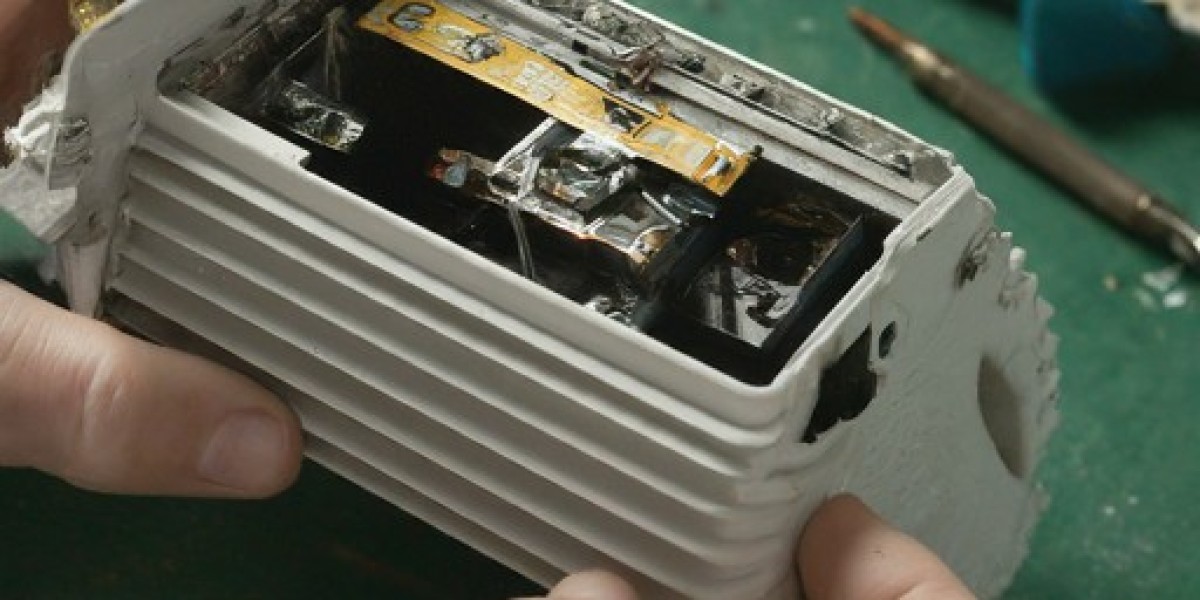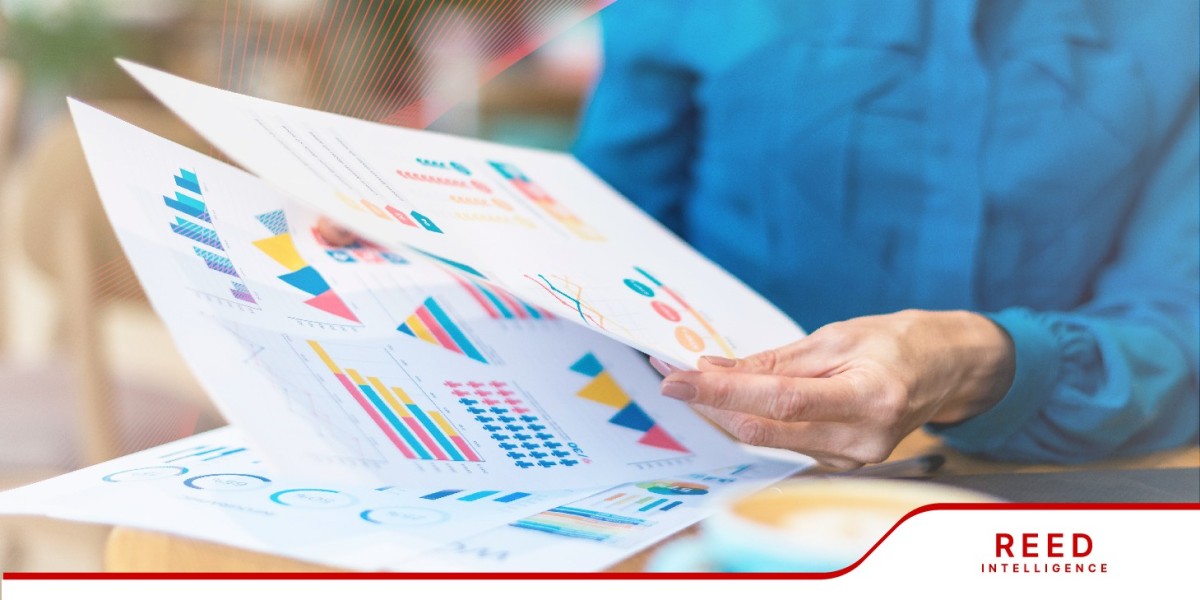What Are Non-PCB Ballasts?
Non-PCB ballasts are used in various lighting systems to control the electrical flow to fluorescent lamps, ensuring they operate efficiently and safely. These ballasts are designed without the use of Polychlorinated Biphenyls (PCBs), a toxic substance once commonly used in electrical equipment. Because non-PCB ballasts don't contain these hazardous chemicals, they pose less of a risk to human health and the environment.
Why Recycle Non-PCB Ballasts?
You might wonder why you should bother recycling non-PCB ballasts if they're not as hazardous as their PCB-containing counterparts. Well, there are several compelling reasons:
Environmental Benefits: By recycling non-PCB ballasts, you prevent valuable materials from ending up in landfills, where they can leach harmful substances into the soil and water.
Regulatory Compliance: Many local and federal regulations require the proper disposal of all types of ballasts. Recycling ensures you're in compliance with these laws.
Economic Benefits: Recycling can save money in the long run by reducing the need for raw materials. Plus, some recycling centers offer compensation for recycled ballasts, making it a win-win!
The Difference Between PCB and Non-PCB Ballasts
Understanding the difference between these two types of ballasts is crucial for proper handling and disposal. PCBs, or Polychlorinated Biphenyls, are harmful chemicals that can cause various health issues, including cancer. They were commonly used in electrical equipment before being banned due to their toxicity. In contrast, non-PCB ballasts do not contain these chemicals, making them a safer and more environmentally friendly option.
How to Identify Non-PCB Ballasts
Not sure if your ballast is non-PCB? Here are some tips:
Labeling and Markings: Many non-PCB ballasts are labeled as such. Look for labels that clearly state "No PCBs" or similar wording.
Check the Manufacturing Date: Ballasts made after 1979 are generally non-PCB, as PCBs were banned from production around that time.
Visual Inspection: While not always reliable, non-PCB ballasts may look newer and cleaner compared to older PCB-containing ones.
Where to Recycle Non-PCB Ballasts?
Finding a place to recycle your non-PCB ballasts isn’t as hard as you might think. Here are some options:
Local Recycling Centers: Many local waste management facilities accept non-PCB ballasts for recycling. Check with your city's waste management department.
Retail Stores: Some hardware stores, like Home Depot or Lowe’s, offer recycling programs for electrical components, including ballasts.
Special Collection Events: Occasionally, cities will hold events specifically for collecting and recycling electronic waste, including ballasts.
How to Find Non-PCB Ballast Recycling Centers Near You
Not sure where to start? Here’s how you can find a recycling center near you:
Use Online Search Engines: A quick search for "non-PCB ballast recycling near me" can yield useful results.
Local Government Resources: Many municipalities provide information on their websites about where to recycle various items.
Contact Waste Management Services: Your local waste management service can often direct you to the appropriate recycling facilities.
Preparing Non-PCB Ballasts for Recycling
Before heading to the recycling center, make sure to:
Safely Remove the Ballasts: Always turn off the power and follow safety guidelines when removing ballasts from fixtures.
Proper Packaging: Place ballasts in a sturdy box to prevent damage during transportation.
Labeling: If possible, label the package to indicate it contains non-PCB ballasts. This can help recycling centers process them more efficiently.
What Happens to Non-PCB Ballasts After Recycling?
Once your non-PCB ballasts reach the recycling facility, they undergo a detailed recycling process. This typically includes:
Sorting and Dismantling: Ballasts are sorted based on type and then dismantled to separate the components.
Material Recovery: Metals, such as copper and steel, are recovered and sent for further processing. These metals can be reused in various industries.
Disposal of Non-Recyclable Parts: Any parts that cannot be recycled are disposed of safely, following environmental regulations.
Benefits of Using Recycled Materials from Non-PCB Ballasts
Using recycled materials from non-PCB ballasts offers several advantages:
Supports a Circular Economy: By reusing materials, we reduce the need for raw materials and decrease waste.
Energy Savings: Recycling often uses less energy compared to producing new materials from scratch.
Reduces Pollution: Fewer materials in landfills mean less pollution and a cleaner environment.
Common Misconceptions About Non-PCB Ballast Recycling
Myth: Non-PCB Ballasts Aren’t Harmful: While they may not be as dangerous as PCB-containing ballasts, improper disposal can still harm the environment.
Myth: Recycling Is Too Complicated: With many recycling centers and retail stores offering ballast recycling, it’s easier than ever to do the right thing.
Myth: There’s No Economic Value in Recycling: Recycling saves money on raw materials and energy costs, benefiting both the economy and the environment.
Tips for Businesses on Non-PCB Ballast Recycling
Businesses can play a significant role in ballast recycling. Here’s how:
Partner with Recycling Companies: Establish partnerships with companies specializing in electronic waste recycling.
Employee Training: Educate employees on the importance of proper disposal and recycling practices.
Set Up a Recycling Program: Implement a recycling program within your business to ensure all non-PCB ballasts are disposed of responsibly.
How Recycling Non-PCB Ballasts Impacts Your Community
Recycling non-PCB ballasts doesn’t just benefit the environment; it also positively impacts the community:
Community Health and Safety: Proper disposal of ballasts reduces potential exposure to harmful substances.
Job Creation and Economic Growth: Recycling industries create jobs and contribute to the local economy.
Promotes Sustainability: Encouraging recycling helps foster a culture of sustainability and responsibility.
Conclusion
Recycling non-PCB ballasts is not only beneficial for the environment but also makes good economic sense. By making the effort to properly recycle these components, you're helping to protect your community, conserve resources, and promote a sustainable future. So, the next time you replace a fluorescent light fixture, remember to think about where that ballast is going. After all, every little bit helps in building a greener world.
FAQs
Are all fluorescent light ballasts recyclable?
- Yes, both PCB and non-PCB ballasts can be recycled. However, it’s essential to handle them properly due to the potential hazards associated with PCBs.
What should I do if I'm not sure whether a ballast is PCB or non-PCB?
- If you're unsure, check for labels indicating "No PCBs." If there’s no label, treat it as a PCB ballast and handle it with caution.
Can I recycle non-PCB ballasts with my regular household waste?
- No, non-PCB ballasts should not be disposed of with regular household waste. They should be taken to a recycling center that accepts electronic waste.
Do I need to remove the ballast from the fixture before recycling?
- Yes, it's recommended to remove the ballast from the light fixture and package it properly for recycling.
Is there a cost associated with recycling non-PCB ballasts?
- Some recycling centers may charge a small fee, while others might accept them for free. Check with your local recycling center for specific information.








